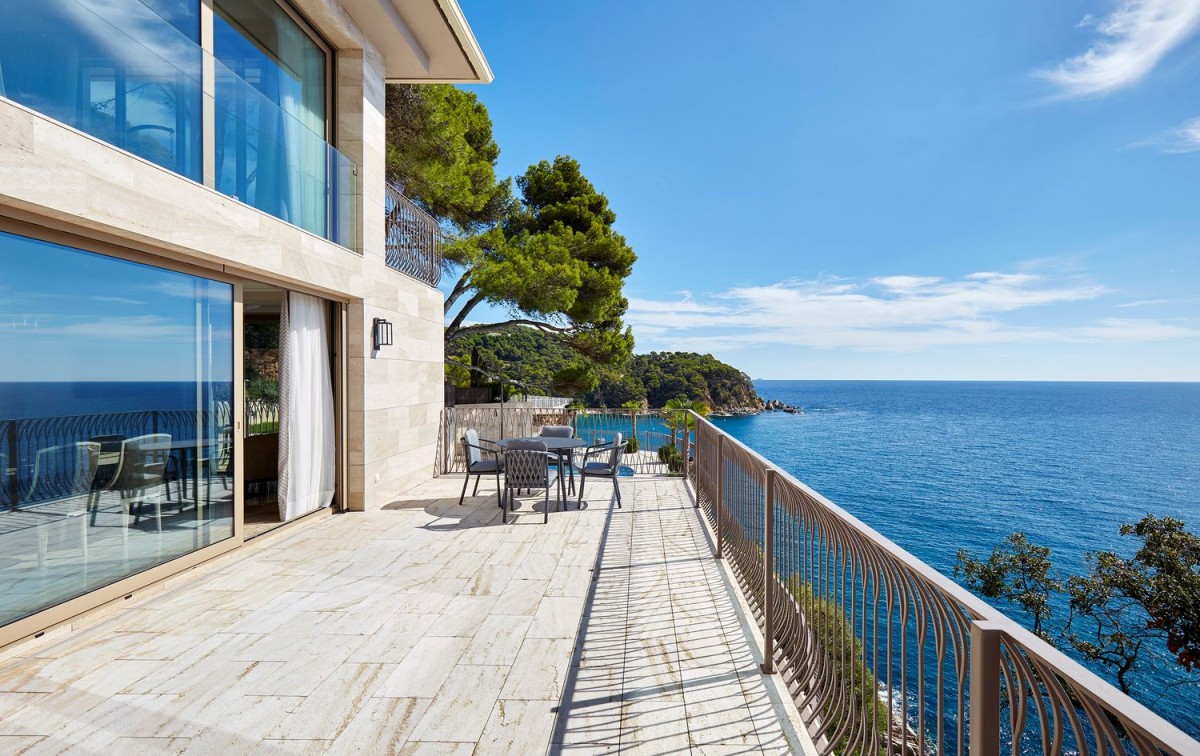
Singular Bank expects housing prices in Spain to maintain their upward trend between 2025 and 2026, with an average cumulative increase of nearly 9%.
In its 2025 real estate outlook for Spain, the bank noted that this continuation of the expansionary cycle will be driven by looser monetary policy, strong demographic growth and a sustained rise in household incomes. “This environment will support both demand and investment across all segments,” it stated.
Specifically, the gradual improvement in household purchasing power is expected to result in aggregate gross disposable income rising by 5.5% in 2025 and 4.5% in 2026, according to the bank. Meanwhile, average household income is forecast to grow by 3.5% and 2.5% respectively, both figures exceeding projected inflation.
This boost in purchasing power, coupled with a more favourable interest rate environment – the 12-month Euribor is expected to bottom out at around 2.0% in summer 2025 before edging up in 2026 if the ECB opts to raise rates – will ease access to credit and further support demand.
Furthermore, the mortgage strain rate fell to a national average in Spain of 34.4% by the end of 2024, very near its historical equilibrium level, suggesting that overall housing affordability has not deteriorated as sharply as commonly perceived.
According to the bank, this combination of factors, particularly in high-demand areas, will continue to drive up both sale prices and rent, with estimated increases of 5% in 2025 and 3.5% in 2026.
Real estate segments
In the residential sector, the imbalance between supply and demand is expected to worsen, fuelling renewed upward pressure on prices. According to estimates from Singular Bank, the accumulated housing shortfall will reach 600,000 units by 2025, highlighting a structural demand that significantly outpaces the market’s current capacity for new development.
In line with this, new construction will remain insufficient. “Between 2025 and 2026, only around 260,000 homes are expected to be completed, a figure well below what is required to meet the needs arising from population growth, migration flows and the formation of new households,” the bank forecast.
The report also noted that this shortage is being compounded by regulatory constraints, restrictions on land-use changes and the ageing housing stock. “As a result, prices will continue to rise, particularly in the provinces of Madrid, Barcelona, Málaga, Valencia and the islands,” it stressed.
In the commercial sector, falling interest rates and a gradual recovery in rent are expected to compress benchmark yields. The study highlights that this effect will be particularly pronounced in prime office spaces, where yields could fall by up to 70 basis points, resulting in a theoretical revaluation of 20% between 2025 and 2026.
A 10% to 15% appreciation is also forecast for shopping centres and logistics assets, supported by a rebound in consumer spending and the normalisation of occupancy rates.
More broadly, the report notes that rising rent outpacing inflation, limited availability of quality assets and the return of institutional capital create a favourable environment for price recovery. This positions Spain as “one of the most attractive markets in Europe,” thanks to its profitability advantage over neighbouring countries.
The hotel market, Europe’s second-largest investment sector in 2024, is expected to remain attractive to investors, despite forecasts of slower tourism growth and more limited compression in profitability, estimated at 25 basis points through 2026. This is due to rising competition, the opening of new hotels and a slight slowdown in the growth of overnight stays.
Meanwhile, alternative assets, such as student accommodation, senior housing, flex living and data centres, are set to play an increasingly important role in institutional investment strategies. Their defensive nature, strong structural demand and “significantly higher risk-adjusted returns” compared to traditional segments make them particularly appealing.
